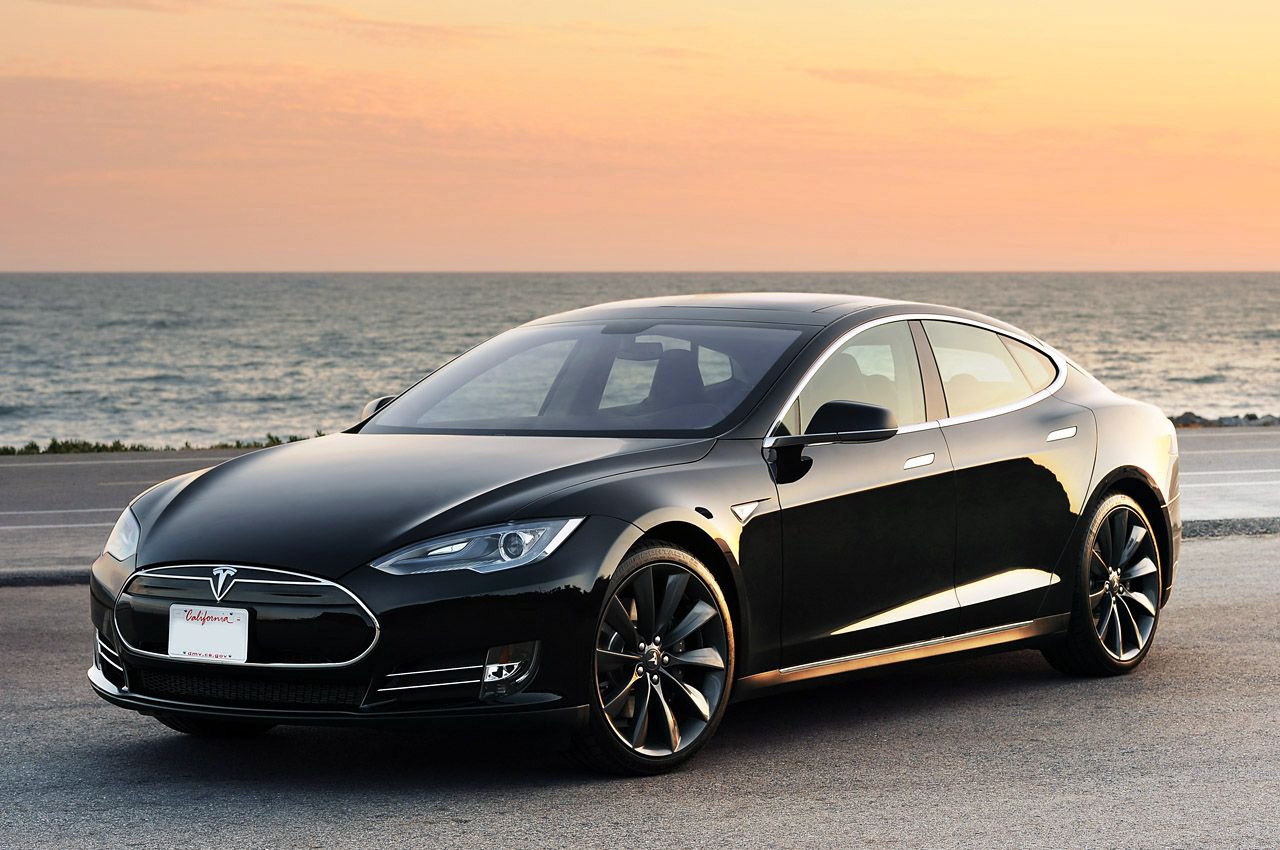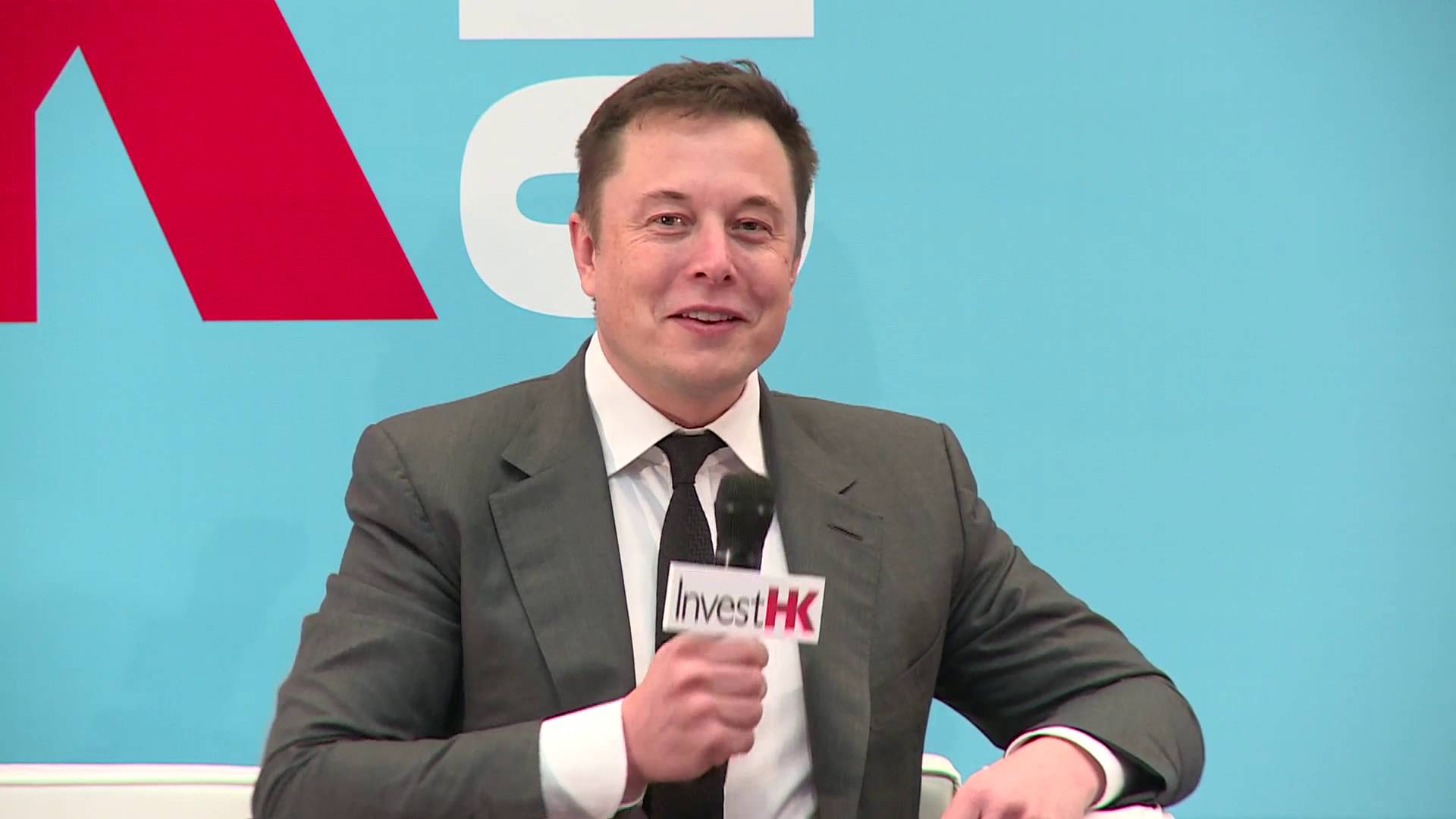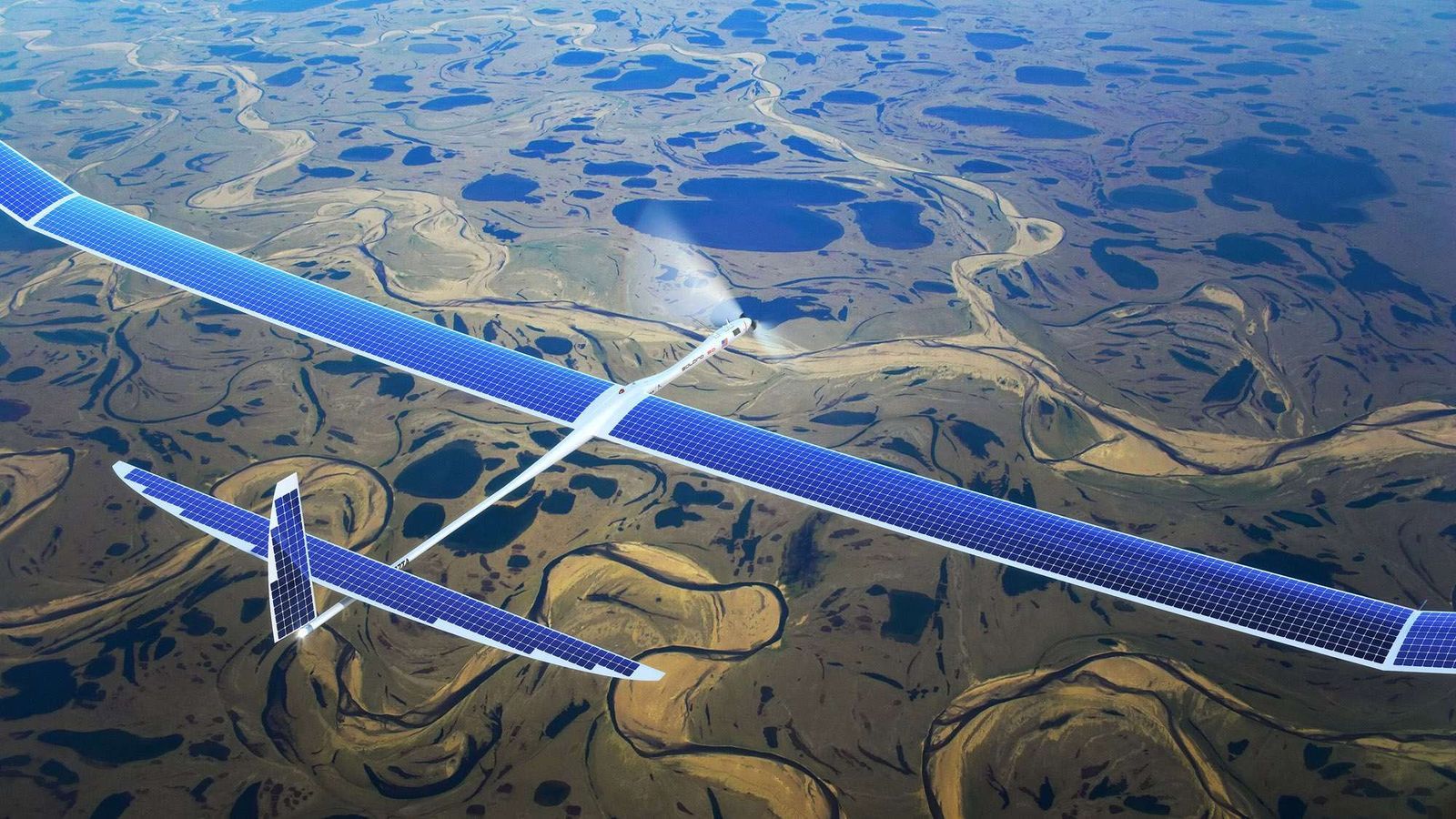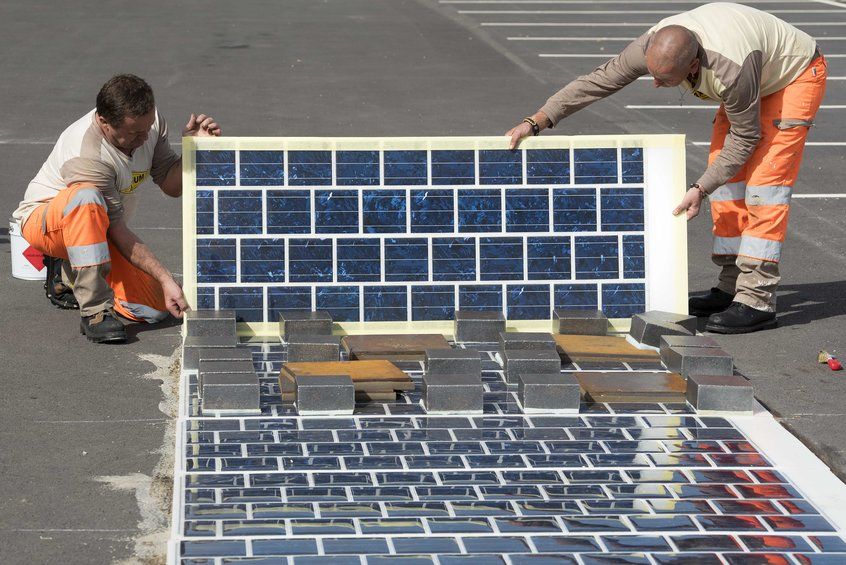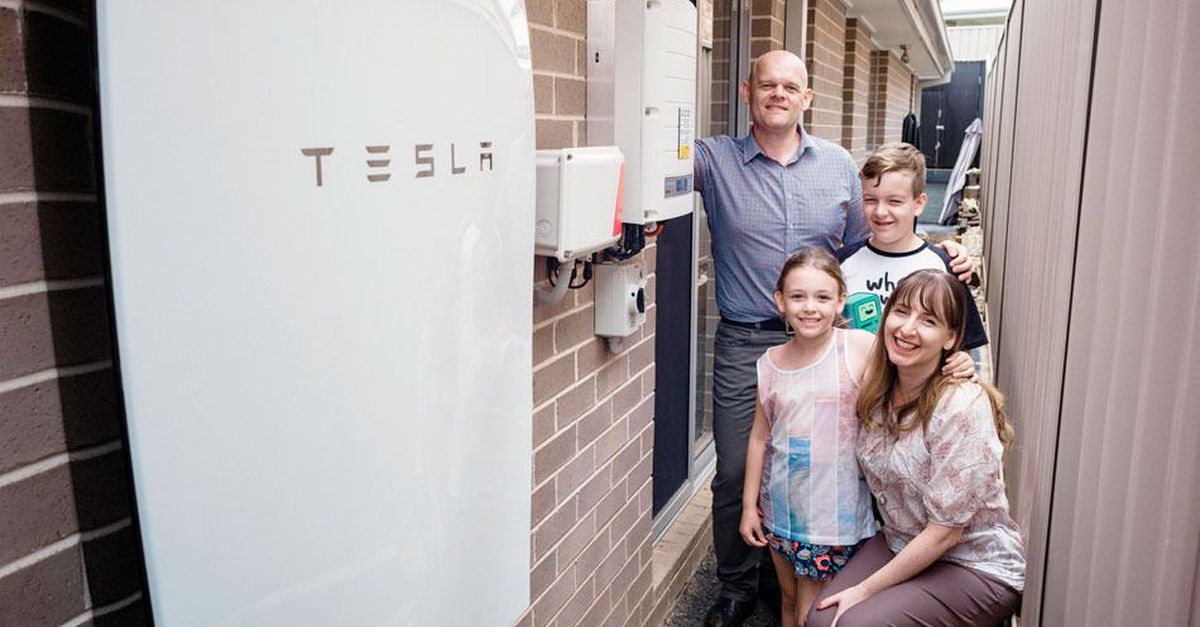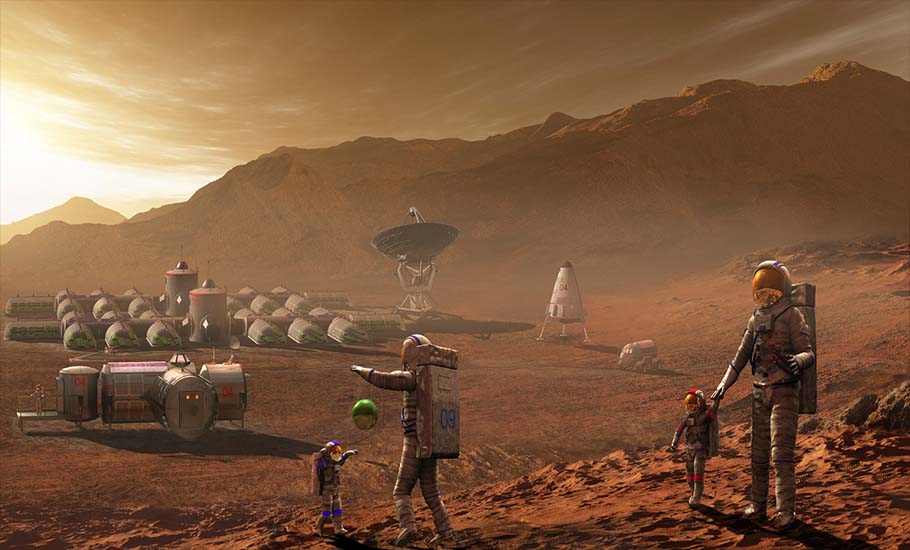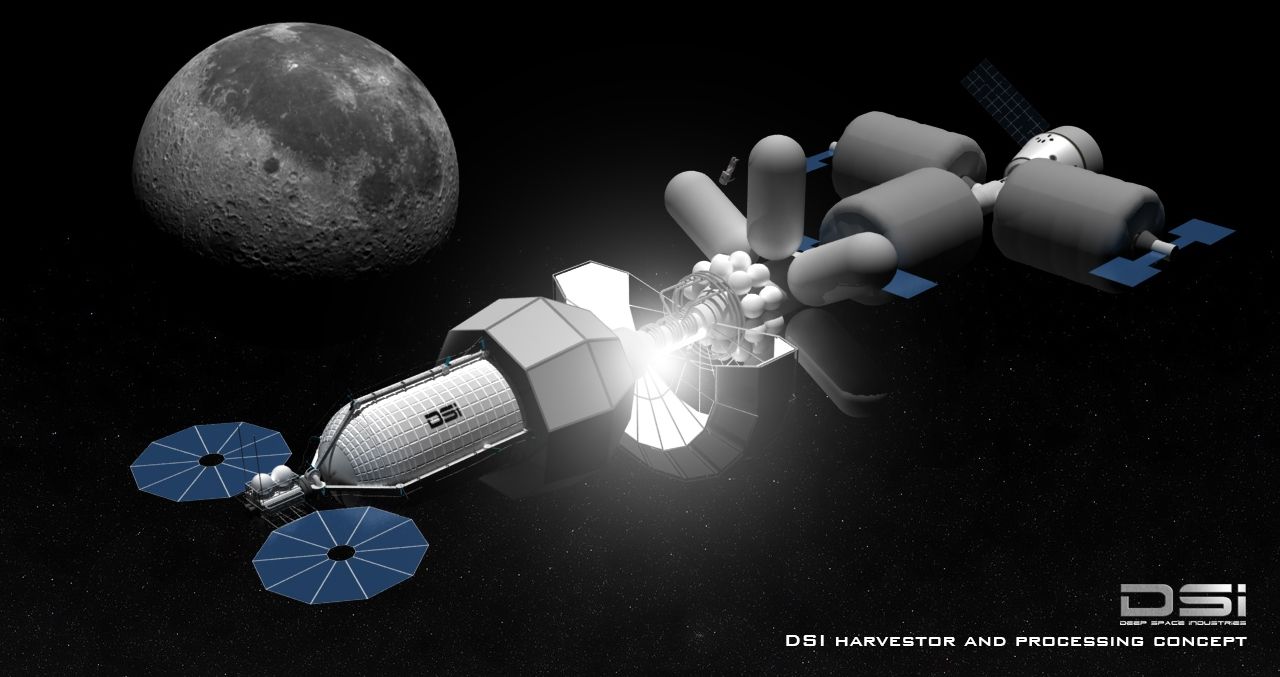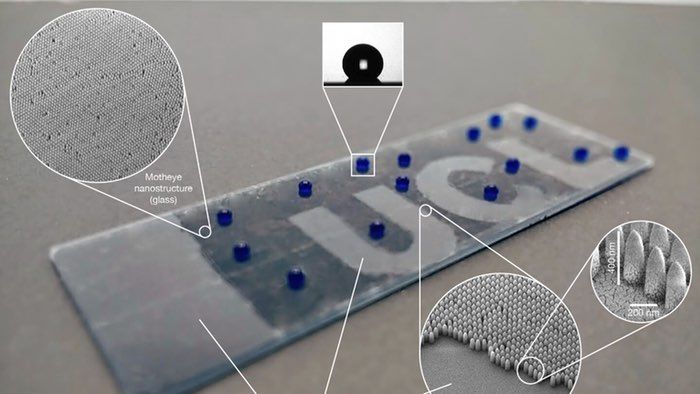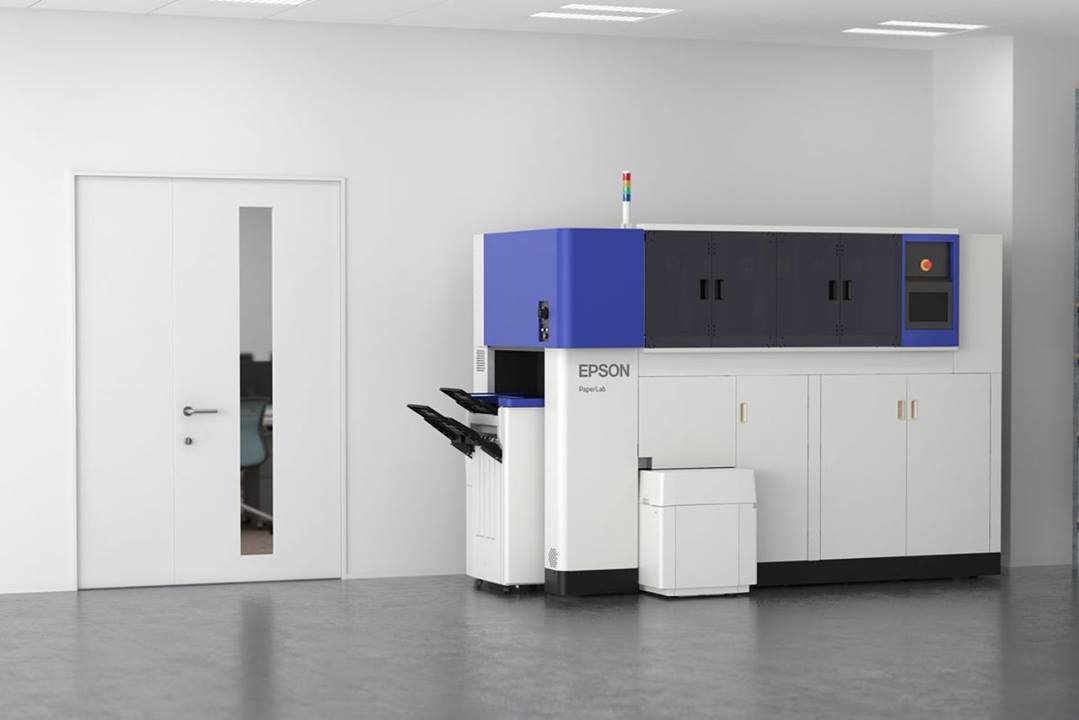Jan 30, 2016
Tesla Model 3 will be unveiled in March, with budget Model Y CUV to follow
Posted by Karen Hurst in categories: Elon Musk, sustainability, transportation
Hope it is a success; he will need it.
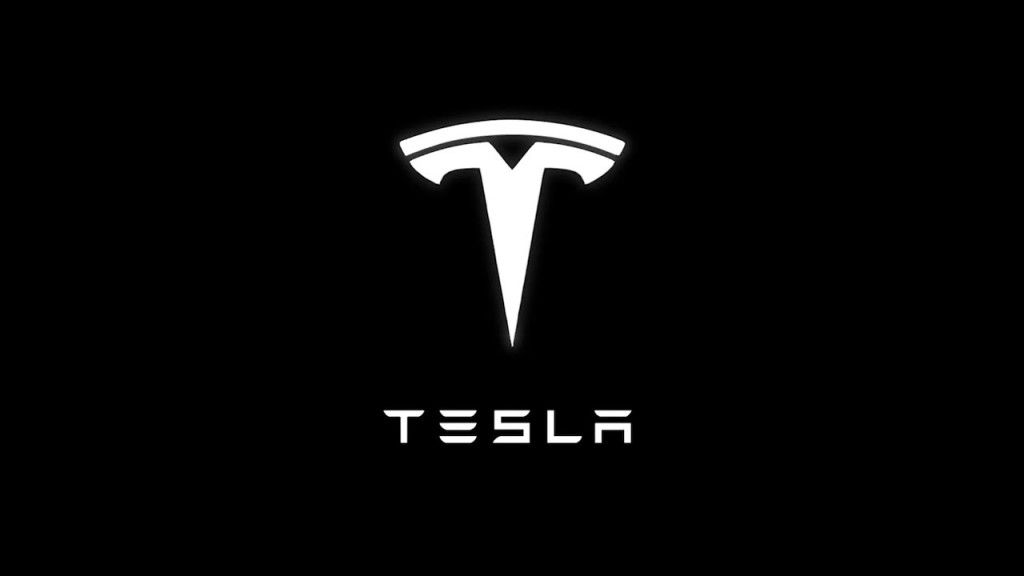 Reports claim that the Tesla Model 3, the Palo Alto automaker’s long-awaited electric car for the masses, will be unveiled in March. Better yet, the company also has a Model Y compact crossover planned for the future, though details on this vehicle are largely limited to the type of vehicle it would be.
Reports claim that the Tesla Model 3, the Palo Alto automaker’s long-awaited electric car for the masses, will be unveiled in March. Better yet, the company also has a Model Y compact crossover planned for the future, though details on this vehicle are largely limited to the type of vehicle it would be.
March’s Model 3 launch will focus exclusively on the new EV – an electric sedan like the Model S, but this time sold at a more affordable price point. Tesla CEO and founder Elon Musk called the vehicle “probably the most profound car that we make” and a “very compelling car at an affordable price,” and that only adds to the hype of a car that’s expected to drive Tesla sales to 500,000 in 2020, from a mere 50,000 in 2015.
Continue reading “Tesla Model 3 will be unveiled in March, with budget Model Y CUV to follow” »
